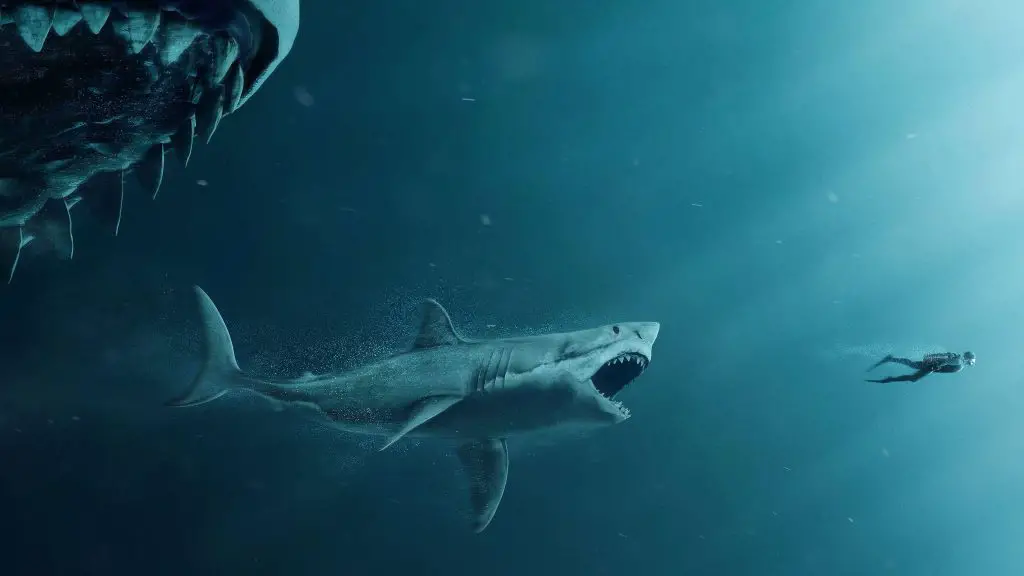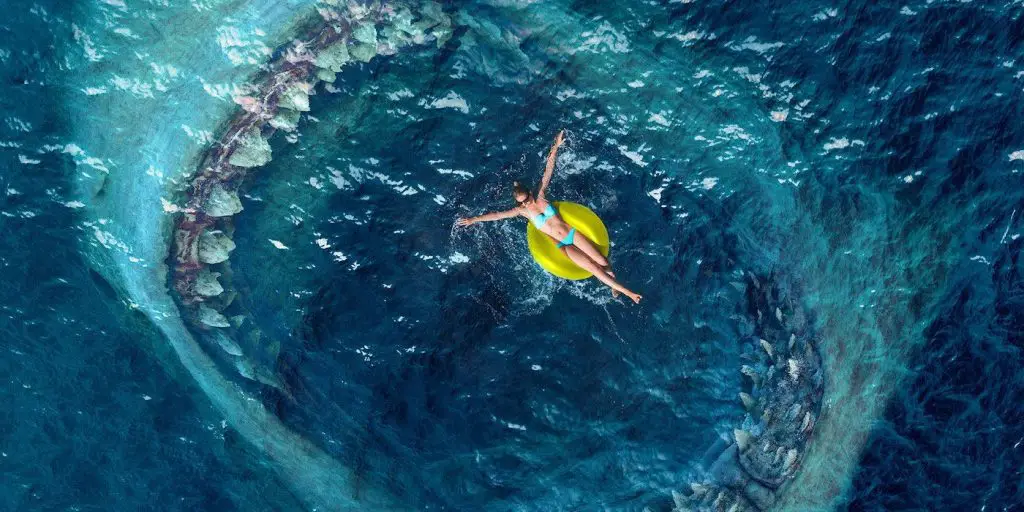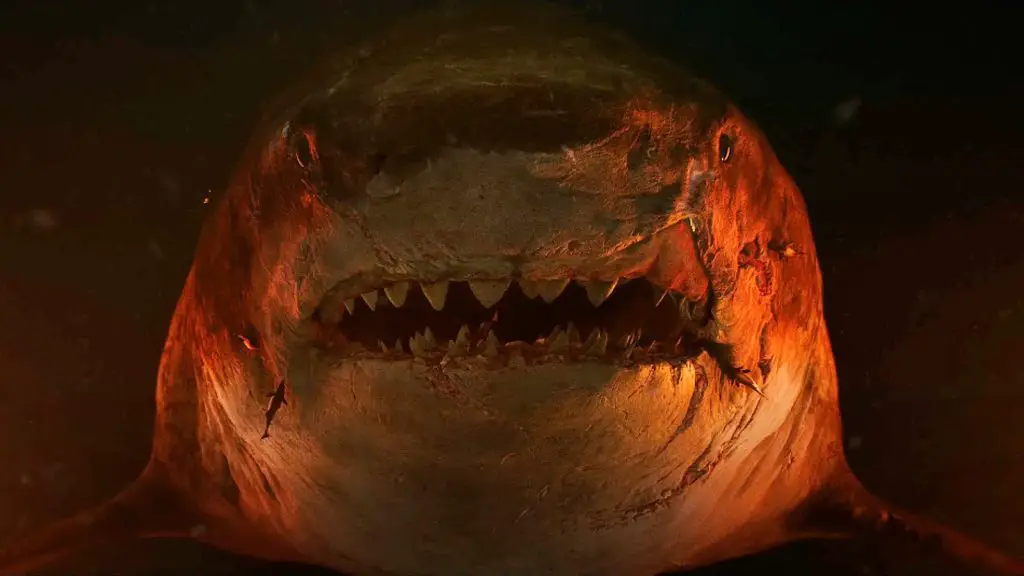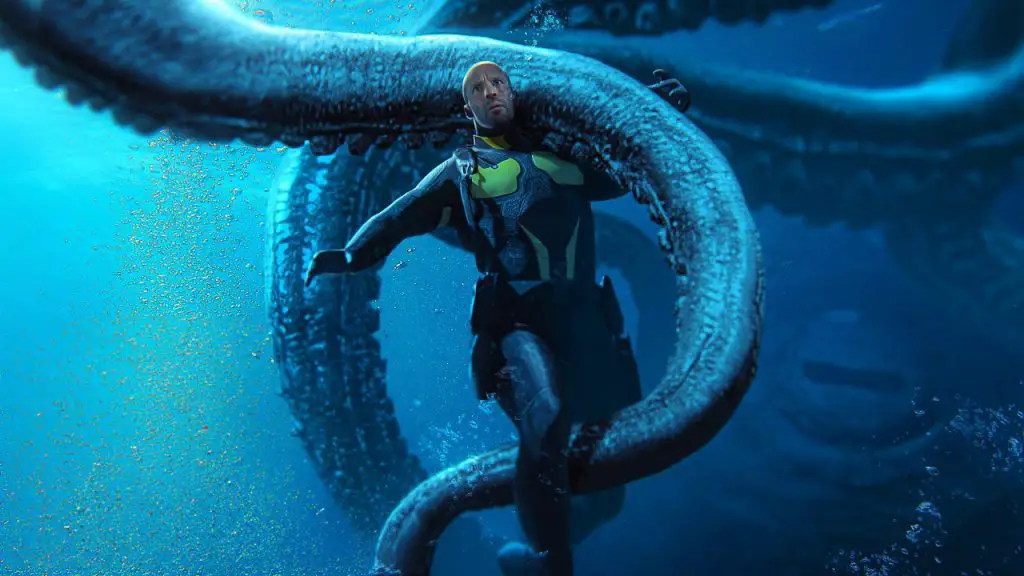Spectacular, lethal, yet seemingly superfluous. If you’re imagining I’m referencing “The Meg,” you’re spot on, but not in the manner you presume. This colossal prehistoric shark endured an arduous 22-year expedition to finally splash onto the cinematic landscape. From Disney Hollywood Pictures to New Line Cinema, and ultimately to Warner Bros, “The Meg” is a cinematic endeavor that teetered on the edge of oblivion several times. With its sequel, “The Meg 2: The Trench,” premiering this week amid much fanfare, it’s hard to fathom that its forerunner had such a tumultuous inception.
“The Meg” showcases Jonas Taylor, portrayed by Jason Statham, leading a research crew on a daring voyage to the ocean’s fathomless depths to salvage a deep-sea submersible. Encountering uncharted, shadowy depths, they confront more than they anticipated when a gigantic prehistoric shark targets their expedition and crew. This isn’t merely a run-of-the-mill Great White shark. No, it’s the mighty Megalodon. These aquatic behemoths are estimated to range from a minimum of 33 feet to an astounding 60 feet in length! Jason Statham seems invincible, and with the release of “The Meg 2: The Trench,” it’s safe to infer they contrive yet another strategy to overcome the shark. Nevertheless, even Jason Statham isn’t immune to the perils of production delays! Let’s dissect the complications behind the scenes.
What Inspired ‘The Meg’?

Derived from Steve Alten’s 1997 novel, “Meg: A Novel of Deep Terror,” Disney Hollywood Pictures initially grabbed “The Meg” before Alten had even completed the book in 1996. However, as a new company president replaced Michael Lynton, he axed all the projects that Lynton had approved. His decision to shelve the idea might not have been entirely misguided. Around the same time that “The Meg” was commissioned, “Deep Blue Sea” was launched by Warner Bros in 1999. With a sea full of sharks, the project was abandoned. Alten had his reservations about Disney Hollywood Pictures’ interpretation of his vision, as they intended to design a winged creature, suggesting the partnership’s termination might have been beneficial.
After six quiet, shark-free years, whispers about New Line Cinema producing “The Meg” began circulating. During this interval, Alten sold his personal script and the rights to “The Meg” to CHUD (Cinematic Happenings Under Development) founder, Nick Nunziata. From Nick, the script reached the hands of none other than Guillermo del Toro, who teamed up with his producer Lloyd Levin to rework it. In 2005, despite the powerhouse duo, New Line Cinema was still apprehensive about the similarities between “The Meg” and “Jurassic Park,” as reported by the LA Times. Consequently, they enlisted Shane Salerno, best known for “Armageddon,” to rewrite the script. However, Salerno’s version of the script strayed far from Alten’s “The Meg,” resembling “Moby Dick” instead. That’s when New Line Cinema transferred the project from Salerno to another renowned director.
Jan de Bont and His Unfulfilled Vision for ‘The Meg’

The reigns of “The Meg” were then handed to Jan de Bont, celebrated for “Speed” and “Twister.” De Bont had these two triumphs to his credit, generating high expectations from studios and fans alike. He expressed confidence in his ability to deliver another blockbuster. However, during a meeting with Alten, de Bont unveiled a mock-up of the meg creature for the movie, which failed to impress Alten. He found it to resemble a bonefish more than the gargantuan, 70-foot, 70,000-pound prehistoric terror that Alten had conceptualized. Alongside this, New Line Cinema was increasingly concerned about the ballooning budget. With de Bont’s budget exceeding the studio’s upper limit of $100 million by starting at $157 million (as cited by LA Times), they found it hard to endorse the project. Subsequently, de Bont departed from the movie, and Alten’s aspiration of seeing his book on the silver screen hit yet another snag.
In 2007, Alten seemed to have lost hope, declaring on his blog that “The Meg” was extinct at New Line Cinema. Around 2015, however, the project resurfaced with a newfound glimmer of hope as monster movies like “Godzilla” and “Jurassic World” drew considerable attention. Warner Bros. revived “The Meg” after New Line Cinema let go of the project. At one point, Eli Roth was briefly attached to “The Meg,” but he withdrew due to creative differences. Despite Roth’s departure leading to a drastically different version of the movie, it was a crucial step towards the realization of “The Meg.”
Jon Turteltaub’s Crucial Role in ‘The Meg’ Coming to Life

National Treasure director Jon Turteltaub swooped in to rescue the project in 2016. Thanks to the concerted efforts of Turteltaub and producer Belle Avery, “The Meg” was finally ready for its moment in the spotlight. Avery approached Chinese investors, leading Gravity Pictures to sign on. Warner Bros. agreed to cover the remaining budget for the creature feature with the support of Gravity Pictures and other investors. As a result, the version of “The Meg” we now recognize (and somewhat admire) was born. The film netted $45 million on its opening weekend, outpacing its competitors and surpassing its projections. It eventually amassed a whopping $530 million at the global box office, bolstered by its performance outside the US, especially in China. Five years later, we’re venturing back into the depths, but this time, we’re delving deeper. Will Ben Wheatley’s sequel replicate the success of the original? You’ll need to dive in to discover!
For lovers of creature features, make a beeline for your nearest cinema to catch “The Meg 2: The Trenches” as it premieres this weekend. But first, brush up on your Megalodon trivia by watching “The Meg” on Max or Amazon Prime Video.


